Goat farming, a subcategory of livestock farming, involves the care, feeding, housing, and eventual breeding of domestic goats. Goats are raised on farms primarily for their meat, milk, fiber, and skins. Goat farming can work well with other livestock, like sheep and cattle, on land that isn’t very good for grazing. Goats can efficiently transform low-quality grazing matter, which would otherwise be wasted, into high-quality lean meat. Let’s check out how to start goat farming in Philippines below.
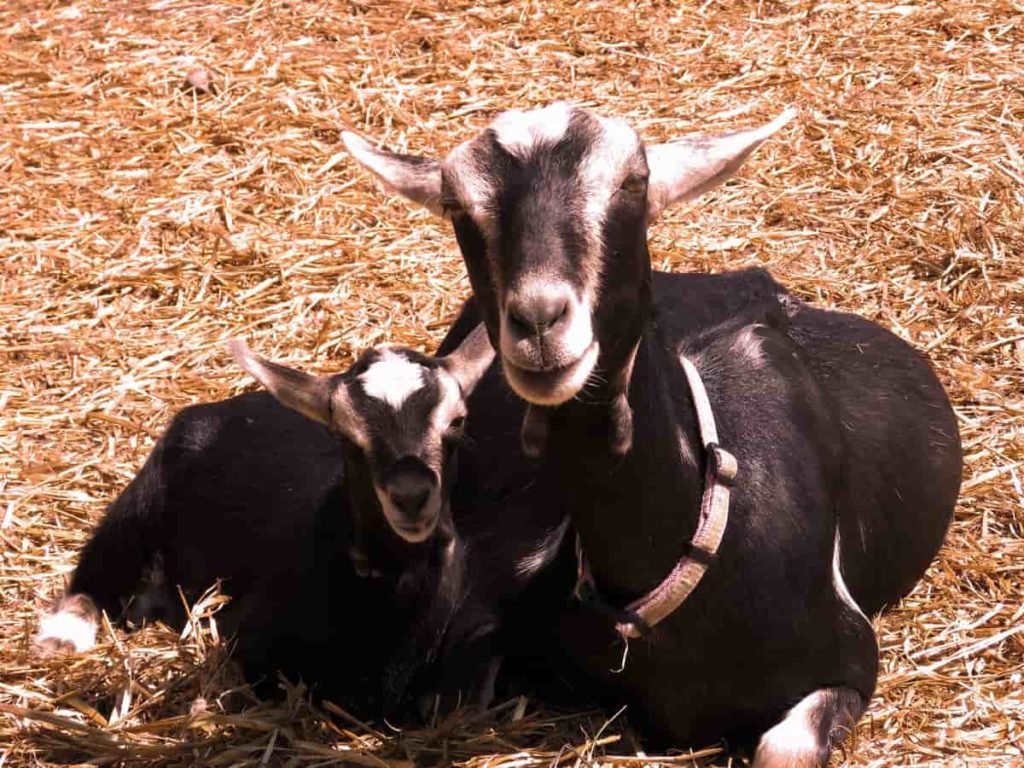
To successfully maintain goats as domestic livestock, you need very little space in terms of area and few resources. Seventy-five percent of the world’s population regularly consumes goats. It accounts for 8% of red meat consumed globally and 5% of worldwide meat consumption. Both cholesterol and saturated fatty acids are in minimal amounts in goat meat. Therefore, it’s a leaner and less unhealthy option than other red meats. About 2% of the world’s annual milk supply comes from goats. Some goats have been bred just to produce milk.
Contrary to unprocessed cow milk, goat milk does not need to be homogenized because of its small, well-emulsified fat globules, which keep the cream suspended in the milk rather than separating off at the top.As a result, goatss, like sheep, often have shorter guard hairs on the outside and softer, insulating undercoat hairs on the inside. In the textile industry, “down,” “cashmere,” and “pashmina” all refer to the same desirable fiber.
Since they are too coarse to spin and dye well, guard hairs have limited commercial value. The average yield per shearing for a goat is 4.5 kilograms, done twice a year. Goat farming often results in the production of valuable byproducts, one of which is goat skin. Until 1849, the Rolls of Parliament was always handwritten on parchment, typically produced from goat leather. Drum skins are another widespread utilization of goat skins.
How to start goat farming in Philippines
Types of goat breeds in the Philippines
The Philippines is home to two distinct breeds of meat-producing goats. The coarse-haired kind is typically polled and comes in cream, tan, and light brown shades. The refined hair version can be either black or brown and sometimes has a white belt. Generally, horns will be present in this breed. It is believed that the Katjang breed was the origin of these goats. Katjang goats were first bred in Malaysia and Indonesia. This native goat breed is distinguished by its short, black fur that is rarely spotted with white.
In case you missed it: Tips to Start a Goat Farming Business: Check How this Guide Helps Beginners
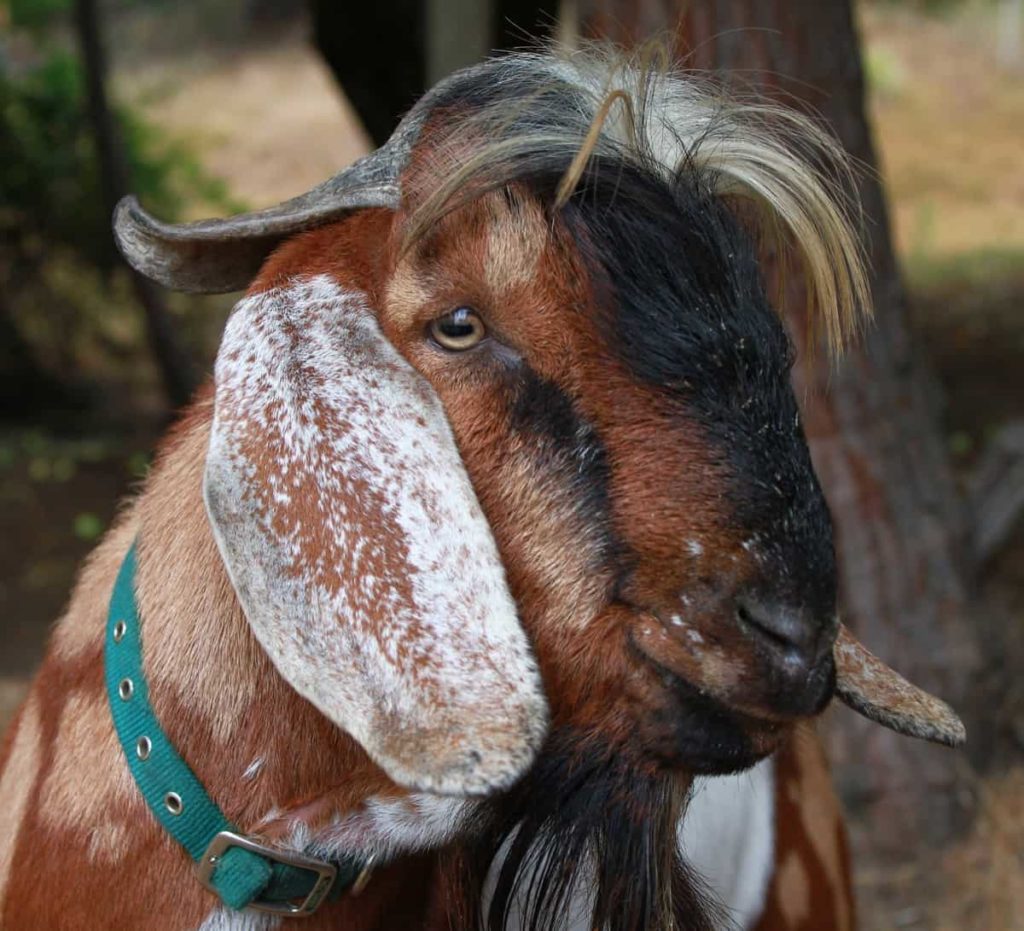
Compared to exotic breeds, it is smaller and shorter. Buck has a lengthy goatee, and their horns stick straight up and behind them. Katjang thrives in the equatorial, hot, and humid climate because of its inherent resistance to heat and disease. However, they only produce about 300 ml of milk daily, which is relatively tiny. The Philippines is home to several rare goat breeds, such as the Anglo Nubian, Boer, Saanen, French Alpine, and Toggenburg, as well as the more common and widely available La Mancha.
In addition, a large selection of native Goat crosses and improved strains are available. Both local and foreign goat breeds are produced commercially for their meat in the Philippines. Although most goats are meat livestock, a small percentage of dairy-type goats are also employed for milk production on specific trade farms.
Government support and subsidies for goat farmers in the Philippines
Farmers in Cuyapo, Nueva Ecija, who are part of the Bonifacio Multi-Purpose Cooperative, have received goats because of the Department of Agriculture’s Philippine Rural Development Project. To the extent of PHP9.7 million, inputs and farm infrastructure were supplied to the goat farmers. In addition, feeds, medicines, vitamins, dewormers, cuttings of Napier grass, and legumes were also donated to the cooperative’s participants.
Male to female ratio
Choose the appropriate number of male and female goats. Goats are commonly categorized into three groups based on their sex: does are female goats, bucks are male goats who have not been castrated, and Wethers are male goats who have been castrated. Doe goats can’t start milking until a buck has impregnated them, but it’s a lot of extra work to raise a buck. Bucks are more likely to be aggressive than does, can get stinky, and need their housing.
The simplest way to start with a goat farm is to purchase two does and pay another goat farm to use their buck. Wethers, or castrated males, are unable to reproduce or produce milk. It is common practice to acquire them as barnyard pets. Since many goats have many male babies, so many goat farms have Wethers. Don’t hesitate to spend a little more on a buck that comes with proper documentation if you decide to buy one. You’ll have a clearer picture of its characteristics and be less likely to pass on genetic flaws to future generations.
In case you missed it: Common Goat Diseases, Symptoms, and Treatment: Check How this Guide Helps Goat Farmers
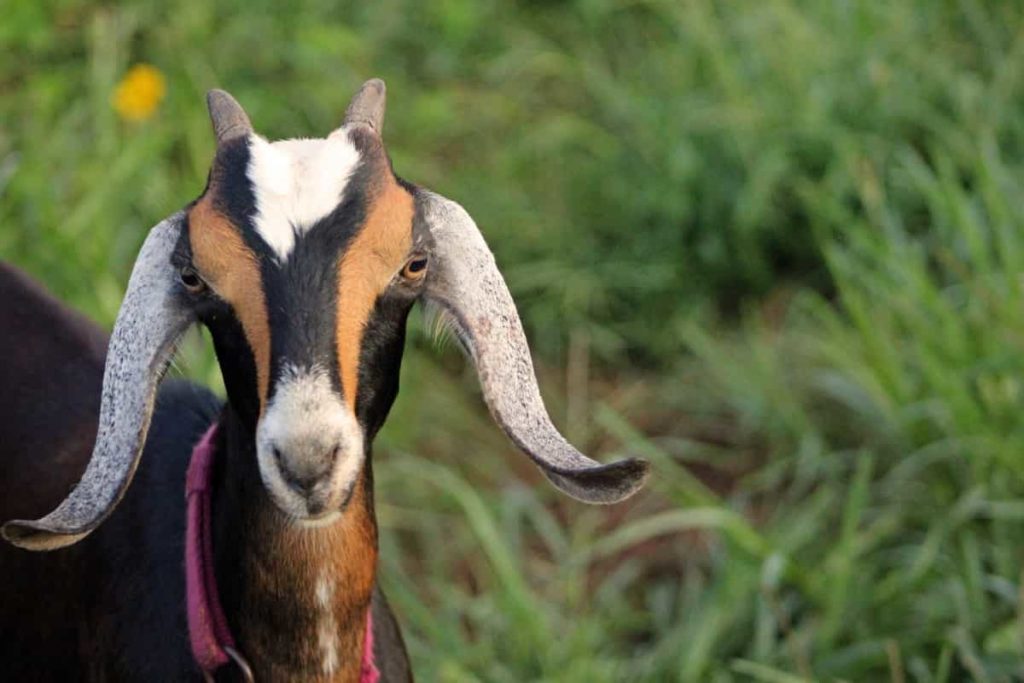
Age of the goat
Choose the goats based on their ages. Depending on the species, goat babies are referred to as kids, buckling, or doling. Goats can be purchased at a lower cost and be more friendly if nurtured with humans when they are about eight weeks old, but it takes between one and two years of care before they can be bred, produced milk, or sold for use as a meat source. A younger baby, between six months and a year old, will mature faster and may even be able to be bred before purchase, saving you even more time.
The least expensive alternative may be an adult or senior goat, but be aware of goat sellers that offer milk-producing animals. It’s possible that they’re seeking to sell the lowest-grade goats in their herd. The money you can make from selling goat products and the money you’ll spend on growing a goat both change over time and from place to place. Having a thorough understanding of your costs and potential profit is essential if you intend to raise goats for profit.
To obtain a clear idea of the following expenses, talk to multiple goat farmers in the area or study newly published goat farming manuals in your area. It’s possible you’ll need to either reduce the number of goats you plan to buy or switch to a less expensive breed if the final price tag is too high. It’s important to remember that a goat farm might not generate a profit for two years or more, especially if you’re starting by raising babies or paying for expensive infrastructure like fencing.
Preparing the shelter for goat farming
Goats may easily slip through wire or climb a fence. Strong “no-climb” wire fencing stretched between posts at heights of five feet, or more makes it far more difficult to climb or slip under the barrier than fences made of horizontal beams. If you intend to keep both types of livestock, such as bucks and does, you can construct a large, secure buck corral with high, durable fencing. Because of this barrier, your bucks in rut won’t be able to get to your does in estrus (heat). Therefore, your goats won’t get pregnant by accident.
Think about the limits of the available space. Your goats’ health depends on them having enough space to roam and browse in the outdoors. In addition, the goats will require an enclosed area for sleeping and protection from the elements. It’s not a good idea to have goats of significantly different sizes together unless the smaller goats are babies being raised by their mothers.
Even if you don’t care about unintended breeding, keeping your buck in a separate cage is a good idea because they may get violent around the females while in a rut. Goats should not be crowded or kept in small areas for extended periods. It will lead to increased stress and illness, which could spread to others. Build a house for the goats. If it is cold or rainy, your goats will require shelter. Even a little pole barn can do.
In case you missed it: Understanding Backyard Poultry/Chicken Farming at Home: Check How this Guide Helps Beginners
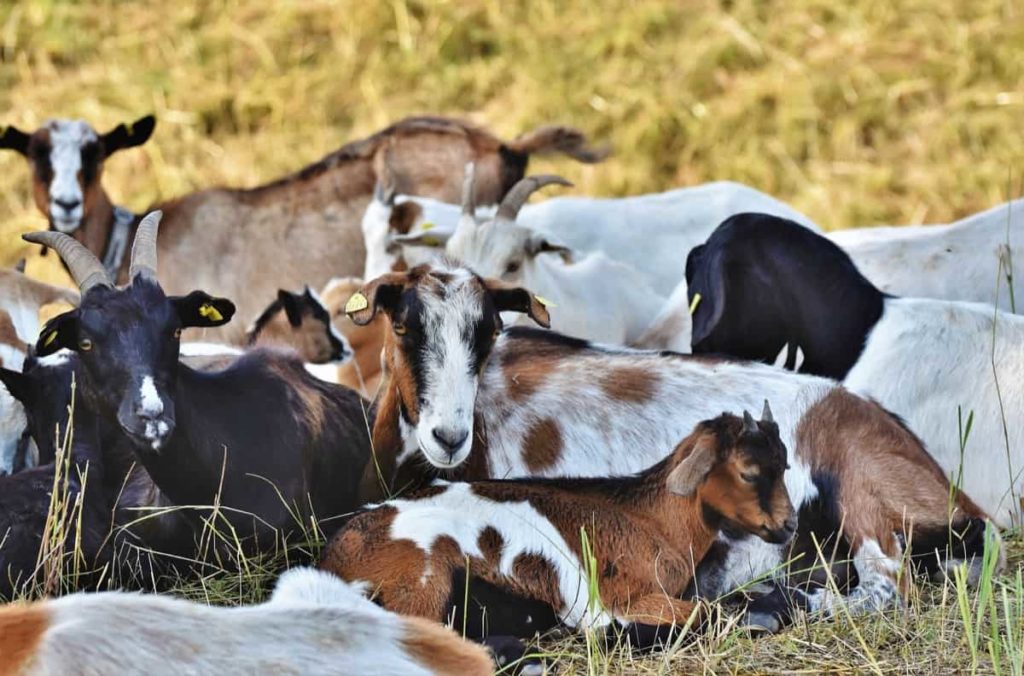
Certain types of goats with thicker coats may be better suited to survive colder weather, but it’s best to check with a goat farmer with experience first. If you live in an area with moderate winters, a three-sided enclosure would be sufficient; if you live in an area with harsh winters, however, it is best to create a fully enclosed, draft-free environment while still allowing the goats to spend the day outside. The presence of puddles and rain is quite unpleasant for goats. It’s a good idea to give a larger indoor shelter if you live in a rainy location.
Castration
Castration is performed on most young males. Even if you plan to breed goats, the general guideline is that you only need one buck for every 25–50 does. Castration of healthy young male goats is recommended if they are not used for breeding. Before you conduct the castration, you should have a veterinarian give the animal a tetanus vaccination as a precaution.
Feeding process in goat farming
Give your goats access to the pasture to browse. Unlike cows and sheep, goats are browsers rather than grazers, meaning they feast on branches, leaves, and weeds rather than grass. Goats may coexist peacefully with other livestock like sheep, cows, and even horses because they do not consume the same food sources. Land can be made more manageable by using goats to eat weeds and clean brush.
Goats can be put out to pasture and fed a variety of vegetation, including young shrubs and saplings, saplings of various fruit trees, blackberry canes, and clover if you happen to live in a rural area with plenty of greenery and trees. It will help if you get rid of any plants that could potentially harm goats or that have an offensive odor. Some goats may not eat poisonous plants like milkweed, bracken fern, or wild cherry leaves if they can access to a good range and number of non-poisonous foods.
Onion, cabbage, buttercup, and parsley are all examples of aromatic plants that may alter the flavor of goat’s milk. Ensure that your goats have easy access to hay and food. Goats need a substantial quantity of high-quality hay since they cannot acquire all the nutrition they require from grazing alone. Hay can be provided on a “free-choice” basis, so the animals can eat as much or as little of it as they choose.
Pregnant or breastfeeding do require more protein. Therefore they should eat an extra pound or two of grain per day. Additionally, you should provide your goats with a high-quality free-choice mineral mix or mineral block, which is available at most feed stores.
Provide an adequate amount of water
Make sure that your goats have access to a sufficient amount of water. Your goats need access to clean water, especially when the weather is hot and dry. Therefore, depending on the climate, you will need to provide between half a gallon (1.9 L) and four gallons (15.1 L) of water per goat per day.
If you don’t want to waste time bringing buckets of water back and forth to the goat shelter daily, it’s beneficial to think ahead about how you’ll provide drinking water for your herd. Consider installing a stock tank or excavating a water line to your goat shelter or barn. The goats can easily be kept hydrated if there is a nearby water source, such as a creek or pond. But first, have the water tested to ensure it’s safe to drink. Additionally, be on the lookout for stagnation or contamination.
Health management for productive goat farming
You must know how to identify a sick goat. It’s essential to know the symptoms of a sick goat since you’ll have to deal with one eventually. Not eating or drinking, crusty eyes, diarrhea, heated udders, rubbing its face against a wall or fence, coughing, wailing, or crying more than usual, teeth grinding, isolation from the herd, pale eyelids, and grey gums are all clear signs of illness in a goat.
In case you missed it: Common Sheep Diseases, Symptoms, and Treatment: Check How this Guide Helps Sheep Farmers
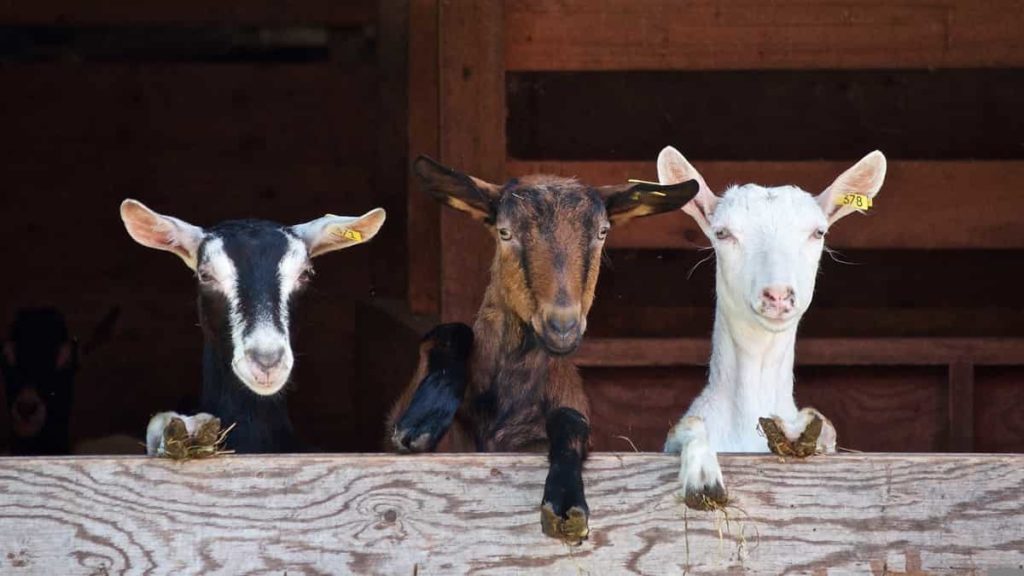
The sooner you take your goat to the vet for treatment, the better its chances of making a full recovery. In addition to parasite control and annual tetanus and enterotoxaemia immunizations, nursing for goats requires constant monitoring against pests like lice and ticks.
Diseases, vaccination, and veterinarian importance
Just like in other livestock, the veterinarian needs to be aware that injectable vaccines might cause sores at the injection site, which can lead to visual flaws in show animals. In addition, an excessively high-cost penalty could occur from reaction sites that necessitate cutting at the time of slaughter. Therefore, subcutaneous injections in the caudolateral neck region are preferred, while injections over the ribs behind the elbow are also an option.
Clostridial disease
To prevent the spread of Clostridial illnesses, the most common vaccinations used on sheep and lambs in the Philippines are those that target this microorganism. The CD-T toxoid vaccine is the one that is most highly recommended. Enterotoxaemia caused by types C and D of Clostridium perfringens, as well as tetanus from Clostridium tetani, are both prevented. Within an animal, these Clostridial organisms are capable of fast multiplication and producing a wide variety of toxic enzymes.
Footrot
In the sheep farming, foot rot is predominant, complicated, and essential. As the leading cause of lameness in sheep, this disease is excruciating and can severely impair the animal’s mobility. An anaerobic gram-negative bacterium called Dichelobacter nodosus is the primary causative agent of foot rot, while other bacteria also contribute to the disease. Vaccines made from D. nodosus containing whole cell antigens or fimbria antigens can be used to protect sheep and goats from developing foot rot. Vaccines made from whole cells rarely offer protection against heterologous subsets.
Mineral supplements
Get your food and water supplies from multiple sources. Check out the prices and nutritional profiles of various grains to find the best option for feeding your goats. In order to avoid health problems, the feed should provide a sufficient amount of calcium and phosphorus in a ratio of 1.2:1, and in addition to that, specific feeds can require additional mineral supplements. Ask a local goat farmer or vet for recommendations based on their experience with the breed in your area.
Marketing your products
Search for potential retail outlets for your product. You will need to locate a buyer for your goat meat, goat fiber, goat milk, or goat babies. If you’re starting out, selling to local consumers or setting up a shop at a farmers’ market might be your best option. If you have more stock than you can move in this manner, you can either ship orders placed online or sold to a professional vendor who will handle delivery for you. You may open your farm to tourists to generate income for a fee. To achieve it, you may need to socialize your goats with pets.
Profits of raising goats in the Philippines
Making money farming goats is a profitable business. It is possible to generate positive net income and return on investment (ROI) in as little as one year after investing as little as P67,250 in a 25-doe operation, P174,500 in a 50-doe operation, or P349,000 in a 100-doe operation. Return on investment (ROI) over five years is 67% for a semi-confinement scheme at the 25-doe level of operation and 60% for operations at the 50 to 100-doe levels of operation under pure confinement. This investment can be recovered in two years.
Single goat cost in the Philippines
Over the course of the last five years, there has been a slow but steady rise in the farmgate price of one kilogram of goat intended for slaughter on commercial farms in the Philippines. In 2020, the average farmgate price of goats from commercial farms increased to approximately 163.33 Philippine pesos per kilogram, up from approximately 130.26 Philippine pesos per kilogram in 2016.
In case you missed it: Common Fish Diseases, Symptoms, and Treatment: Check How this Guide Helps Fish Farmers
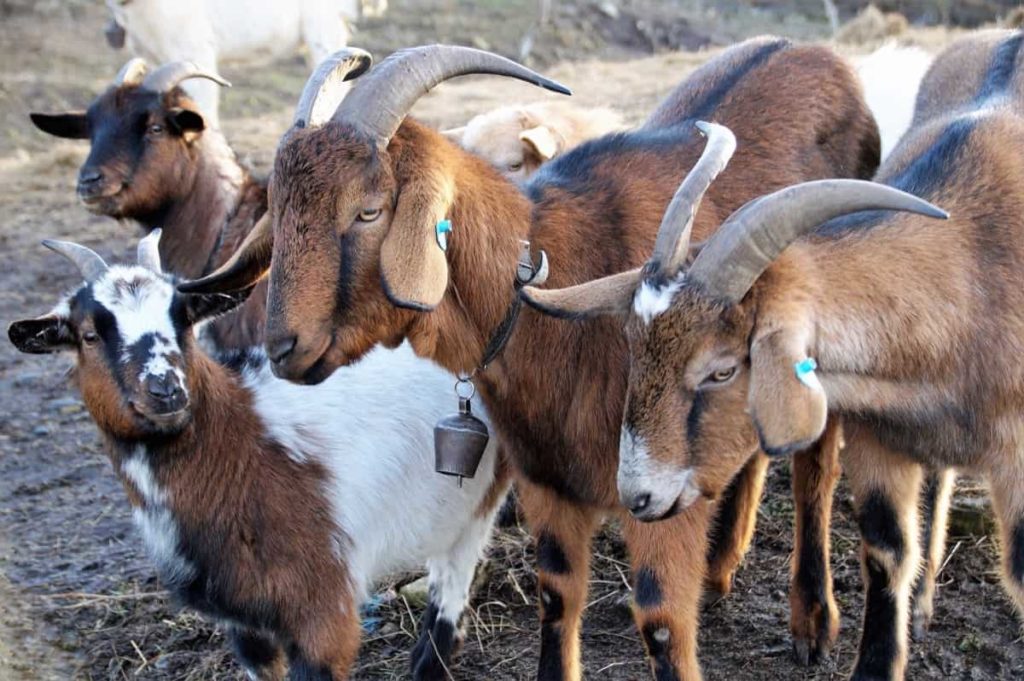
Conclusion
Goats are quite popular in the Philippines because their farming requires a cheap initial expenditure of capital, they are suited to the conditions of smallholding farms, and they reproduce quickly. As a result, goats have an essential role in all aspects of cultural celebrations, including birthdays, baptisms, weddings, and parties known as fiestas.
Because of this, their price is significantly greater than the price of other types of meat found on the market. Because people of many socioeconomic standings and cultural traditions enjoy eating goat meat, there has been an increase in the number of people starting businesses related to goat farming in the Philippines.
Compared to other livestock forms, goats require a comparatively cheap initial investment due to the low cost of producing them and the relatively small amounts of feed and pasture they require. But if the farmer ever needs to build a shelter, he can do it quickly and cheaply, then sell the goats to pay for it. As a result, the business of keeping goats is prospering and experiencing growth in the Philippines.
- Management Pests and Diseases in Your Cotton Field
- Sheep Farming Business Plan for Beginners
- Aquaponic Farming at Home: A Step-By-Step Guide
- Profitable Village Farming Business Ideas in 2024
- High-Yield Aquaculture: Fast-Growing Fish for Farming
- Effective Fish Pond Construction Techniques for Beginners
- Irrigation and Water Management in Pineapple Farming
- Blossom to Harvest: Mastering Flowering and Pollination in Papaya Farming
- Pig Fattening Essentials: From Selection to Sale for Beginners
- Raising Wagyu Cattle: A Complete Guide for Premium Beef Production
- Soil Types and Their Water Holding Capacity
- Optimizing Irrigation Schedules for Coconut Groves for Enhanced Yield
- Espresso Your Garden: Coffee Grounds for Healthier Acid-Loving Plants
- The Best Soil Mix for Snake Plants: How to Mix Your Own Snake Plant Soil
- Green Thumb Success: Expert Tips for Cultivating Greenhouse Beans All Year Round
- Bloom All Year Round: The Ultimate Guide to Indoor Hyacinth Care
- Eco-Friendly Gardening: How to Make Liquid Fertilizer from Kitchen Waste
- Ultimate Guide to Grow Anise in Pots: Explore Seed Propagation to Harvesting
- Guide to Raising Chester White Pigs: Discover Breed Facts to Growth Management
- Mastering the Elegance: The Ultimate Guide to Weeping Cherry Tree Care, Planting, and Maintenance
- Ultimate Guide to Planting Garlic in Grow Bags: Growing Strategies for Beginners
- How to Fix Spider Plant Leaf-Related Problems: Natural and Organic Remedies
- 10 Reasons Why Your Tulsi Plant is Shedding Leaves: Home Remedies and Solutions
- Optimizing Growth and Yield: The Advantages of Palm Bunch Ash Fertilizer
- Utilizing Neem Oil Extract as a Natural Pesticide for Hydrangea
- From Soil to Harvest: Various Ways in Which Farmers Can Use AI Tools
- Steps to Encourage and Induce Citrus Flowers: A Comprehensive Guide
- How to Fix Snake Plant Leaf-Related Issues: Natural and Organic Remedies
- Transform Your Garden into a Fragrant Oasis with Raat Ki Rani (Night Blooming Jasmine)
- Discover the Ideal Chicken Breeds for Philippine Farms
- How to Create a Poultry Egg Farm Business Plan for Profits
- Grow Lemon Cucumbers Like a Pro: Insider Techniques for Bountiful Yields
- Ultimate Guide to Caring for Your Pink Princess Philodendron: Tips for Thriving Variegation
- Areca Nut Profit Per Acre: Calculating Yield and Cost of Cultivation
- How Kaveri Chicken is Becoming a More Profitable Breed in Indian Backyards
- Transform Your Barn: 9 Steps to Convert a Horse Stall into a Chicken Coop
